It tells you all you need to know about Italy’s native grapes and wines that at a recent Grand Opening Masterclass organized in Guangzhou (China) during Wine to Asia (one of country’s premier wine shows), TerroirSense Wine Review Editor-in-Chief Ian D’Agata broke all historical attendance and interest records with over 300 people requesting a seat at his guided tasting devoted to Italy’s many different native grapes and wines. And despite his modesty, there can be little doubt that D’Agata, who has devoted his life to the subject of Italy’s native grapes and is universally acknowledged as the expert on the subject, penning three award-winning books on Italy’s native grapes, wines and their terroirs, probably helped focus attention to the masterclass and increase everyone’s desire to attend: but the fact remains that the quality of Italy’s native grapes and their wines has never been clearer to everyone than it is today. In this exclusive editorial, Ian discusses the twelve wines and grapes that were the stars of this uniquely successful masterclass.
At over 540 officially recognized native wine grape varieties (more or less, at last count), Italy boasts a wine grape biodiversity like no other country. More importantly, a large part of these grapes are actually used to make wines in commercially relevant numbers and so these grapes really do provide drinking and tasting opportunities for the wine loving public and wine professionals alike. In other words, unlike other countries that have now jumped on their native grapes bandwagon and advertise left and right how many grapes of their own they also have, in Italy native grapes do a lot more than just provide statistical fodder for a country’s vine- and wine-related numbers.
Fact is, Italy is loaded with a plethora of wines that offer a seemingly interminable panoply of colours, aromas and flavours the likes of which are simply not available from anywhere else in the world. This is because of the many unique grape varieties that call Italy their home and that grow essentially nowhere else (though some of these native grapes have become so famous that wineries all over the world are now trying their hand at them). It is by now painfully obvious to even the most accidental of all wine drinkers that when it comes to wine diversity, our wine world has become standardized to a fault, given its ubiquitous plantings of, and wines made with, Cabernet Sauvignon and Chardonnay. And despite the general party line of many, no, it’s not that those two grapes are better than anything else out there, and hence the only wine grapes worth planting. Frankly speaking, there are fewer more awful wines I (and most people) have had in my (and their) lifetime/s than many made with those two overrated grapes. You know what I’m talking about, because we’ve all had truly undrinkable green, vegetal Cab wines and insipid neutral Chardonnay wines of no interest whatsoever, and memorable only because of just how bad they were. Clearly, Cabernet Sauvignon in Napa and Bordeaux is quite another matter, and Chardonnay in Burgundy knows no rivals: but everywhere else, or close to it, there are numerous other wine options to choose from that are usually just as if not more interesting and enjoyable than any wine made with Cab or Chardonnay. The list of possible wines to consider is virtually endless, including Oregon Pinot Noir and Pinot Gris; Washington State Syrah and Merlot; British Columbia and Ontario Riesling; New Zealand Pinot Noir and Pinot Gris; South African Semillon, Cinsault, and Pinotage; Argentine Malbec and Cabernet Franc; Chilean Torrontés and Carmenère; Australian Semillon, Shiraz, and Riesling; Chinese Cabernet Gernischt, Marselan and Petit Manseng; Alsace and Italy Pinot Gris; Rhone Syrah, Viognier, Grenache and Mourvèdre; Alsace Gewurz and Sylvaner; Franken Silvaner, German Riesling, Austrian Grüner, Hungarian Furmint, Alto Adige Pinot Bianco, Friuli Venezia Giulia Schioppettino, Malvasia Istriana, Picolit and Ribolla Gialla, and so on and on and on and on. And on and on and on. And on and on…
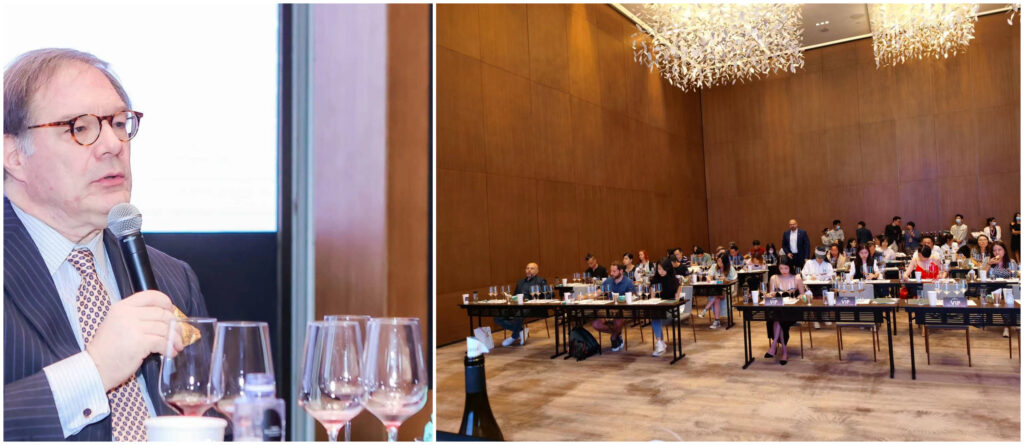
The Grand Opening Masterclass of Wine to Asia, one of China’s premier annual wine shows that was recently held in Guangzhou this September, drove this point home and then some. I was honoured by being asked to choose a topic and lead the masterclass: but even I could not have imagined that by choosing the topic of biodiversity of Italian wine grapes and wine terroirs the Masterclass would prove such a smashing, resounding success. I am truly humbled that over 300 individuals registered to attend, a record number never attained before (the masterclass itself was limited to sixty attendees, on a first signed up, first served basis). Over the last ten-fifteen years, the quality and value of Italy’s native grapes and their unique wines have finally, firmly, been established internationally. Wine professionals everywhere now expect and look for such wines, whereas they might not automatically do so yet with the wines made from just as little-known and just as good wine grapes of other countries.
The tasting featured, and hence so does this article, wines made with the likes of Birbét, Durella, Perricone, Pignolo and Vernaccia di Oristano, plus better-known grapes such as Aglianico, Barbera, Nebbiolo and Nero d’Avola. The tasting encountered massive support and success because the wines were remarkably good (I have led countless such tastings all over the world these last twenty years, and I admit that Lady Luck was with me this time around, with each wine showing remarkably well, which isn’t always the case “thanks” to bottle variation, cork issues and travel- and storage-related issues). But the tasting’s success was also the result of the wines speaking specifically of the grape variety they were made with and the place they were from. This is important: it’s not enough to write on a label “Pecorino” or “Monica”, just as it isn’t enough to write “Hunter Valley Semillon” or “Rangen Riesling”: wines labelled as such then have to be not just good, but also actually taste of the Pecorino and Monica grape varieties (in the case of the first two examples), and of the varieties and the specific places they refer to (in the case of the second two examples). For example, Alsace’s Rangen site is a grand cru characterized by volcanic soil and its Riesling wines taste like no others made anywhere else: they are wines of the Rangen, a very specific place, and they will not remind you of Marlborough or Graach or Niagara-on-the-Lakeor the Kamptal. And Hunter Valley’s amazingly ageworthy Semillon wines are quite unlike any other wines made with Semillon you will ever taste. Even better, provided that they are well made, one taste of such Semillon wines will immediately make you think of the Hunter Valley and its unique weather patterns. Most of the time, you won’t be fooled into thinking they are made in Bordeaux, the Western Cape or Washington State. Similarly, Pecorino and Monica wines should not be like any other Sangiovese or Cannonau or Sauvignon Blanc or Pinot Grigio wine with no sense of place. If and when that happens, it’s simply ruinous, for there is little reason to buy and drink any such wines. In that nefarious case, everybody loses: the producer, the public, I dare say even the grape and the wine (for if nobody buys wines made with those grapes then the grapes get uprooted and the wines stop being made). In ultimate analysis, each of these wines has a story to tell but if the story is muddled or superimposable to that of any other wine made anywhere else, the story then becomes of no interest to anybody. It follows that wine sales after an initial uptick driven mostly by the “novelty factor” will inevitably plummet and fall flat.
The wines in this report and the native grapes they are made with are proof that there is no need for that to happen.
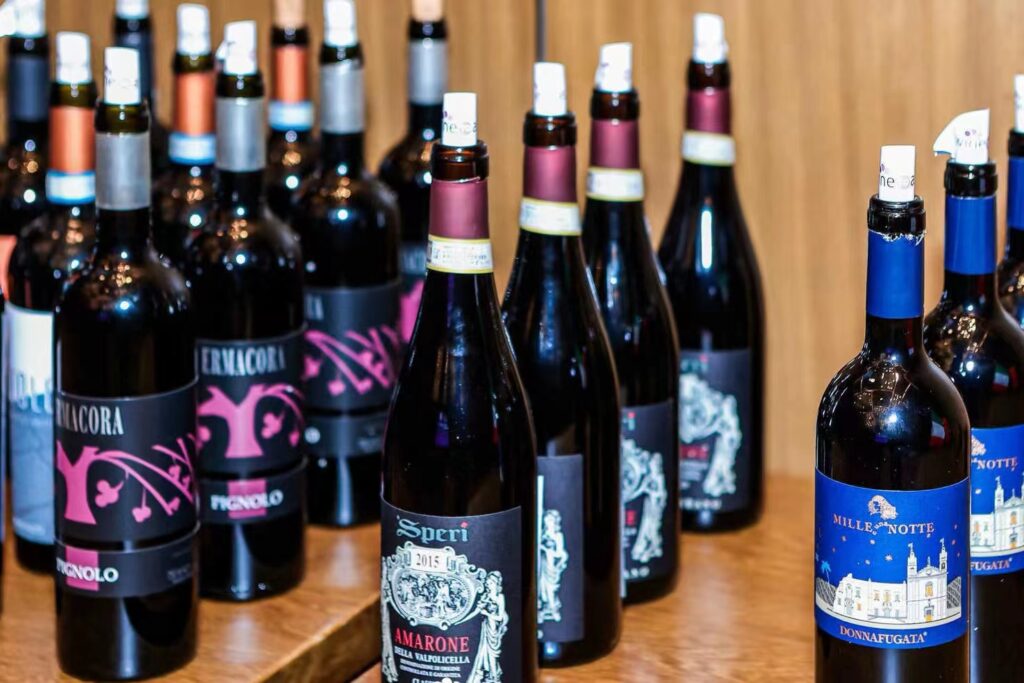
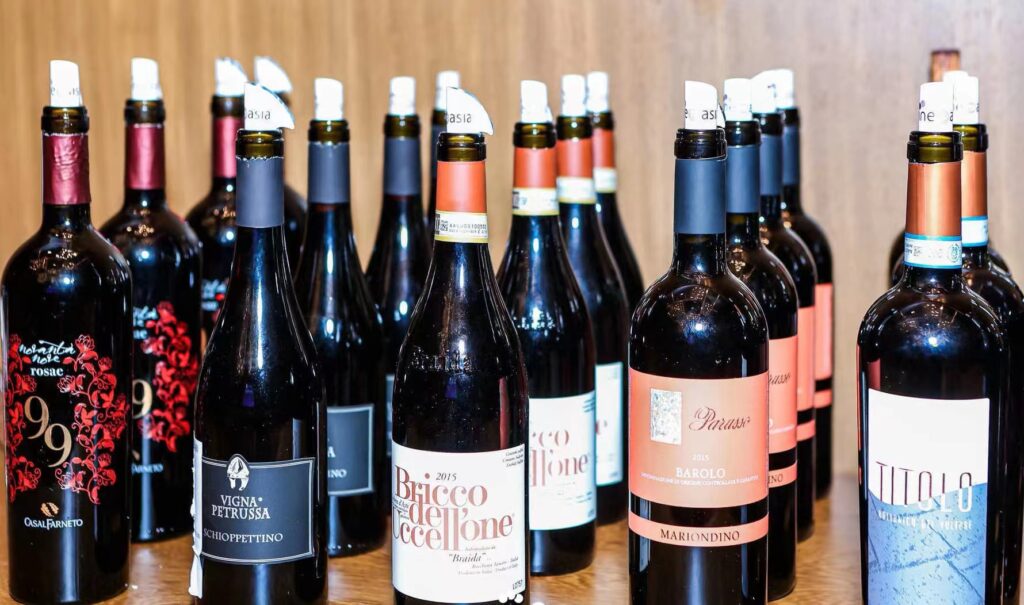
The grapes and the wines
In an effort to highlight as many Italian regions as possible (clearly, I don’t need to write “Italian wine-producing region” because in Italy EVERY region produces wine, and lots of it!), and also as many grape varieties and wine styles possible, I chose the following grapes and wines for the Masterclass.
Durella is a little-known grape from Veneto, typical of the Monti Lessini, the mountainous range that is the southernmost part of the Eastern Italian Alps. Blessed with extremely high acid levels, it is ideal for the production of sparkling and sweet wines: in fact, about 80% of all wines made with Durella are of the sparkling kind, with another 10-15% made as classically dry wines and 5-10% as sweet late harvest or air-dried passito wines. The sparkling wines are called Lessini Durello: and just like the names of “Champagne” and “Franciacorta” refer to sparkling wines only, so it is with Lessini Durello. But unlike those other two famous sparklers, Lessinio Durello wines can be made both by the tank method or by secondary fermentation taking place directly in the bottle (in the manner of Champagne and Franciacorta). Lessini Durellos can stay on the lees as long as sixty months and these are the wines that are most complex but all Lessini Durello wines are characterized by noteworthy degrees of complexity and depth. In fact, I think that 24 months of lees ageing is more than enough to showcase what the Durella variety can bring to the fore, and I really like those bubblies, finding them at once drinkable and complex. In Veneto, the leading sparkling wine is Prosecco, but Lessini Durello provides a completely different drinking option, one that is much more like Champagne than Prosecco (hence more yeasty, toasty and mineral as opposed to juicy and fruity). Fongaro is by far the best producer of Lessini Durello wines, but there are many others that deserve attention for their undeniable class and quality: Casa Cecchin, Corte Moschina, Dal Cero, Dal Maso, Gianni Tessari, and Sandro De Bruno are just some of the winning options out there. Another little-known but very high quality Italian native wine grape is Sicily’s Perricone: it was long a misunderstood variety, known mainly for its role in the making of Ruby Marsala wines, or at most, as a useful blending agent for Nero d’Avola. Over the years, it has become apparent that it is a standout native grape capable of giving medium-bodied, fresh red fruit-filled perfumed wines of real lightness of being, quite unlike anything Nero d’Avola can make: think of Perricone’s wines as what an ideal cross between Nero d’Avola, Nerello Mascalese and Frappato (with more Frappato in the blend) might taste like. For sure, unlike previously thought (when little was really known about it), the variety does not give highly tannic wines: if you do come across one that is very tannic, its because Cabernet Sauvignon or Syrah (usually) have been added to it (which, up to 15% of the blend’s total is legal: that much said, I point out that true monovariety Perricone wines have very little in common with such blends). The best producers of Perricone wines are Caruso&Minini and Feudo Montoni, but there are other good ones made such as those by Tasca d’Almerita and Assuli.
Birbét is a variety the real name of which is Brachettone del Roero, but as the Roero’s producers (where this wine is made) don’t care much for that monicker, the word Birbét, which was previously reserved for the wine, has started taking over. No matter: the grape variety gives an absolutely delicious sweet fizzy red wine that if you like you can think of as, simplifying greatly, a red version of Moscato d’Asti. So if you know the latter wine, and I’m wagering you probably do, then you know what to expect with Birbét’s wines. Just substitute the peach and orange blossoms with red berries and cherries and there you go: same soft acidity, same fruitiness, same lovely lip-smacking deliciousness. The Bric Cenciurio estate, that also makes lovely Barolo wines and is headquartered in that famous wine town, is a real star with this variety, but there are others including Angelo Negro, Luigi Rabino, Malvirà, Michele Taliano, Monchiero Carbone and Montaribaldi. Vernaccia di Oristano is the name of both wine and grape variety, and both rank amongst of Italy’s greatest. Native to Sardinia, it is used to make oxidative wines in the manner of Sherry wines that range in style from Fino to Amontillado to Oloroso: you have many different wine styles to choose from and depending on your preferences, each will pull at your taste buds. There is simply no wine in Italy that matches better with anything involving capers and green olives, but not just: try it along side a baked fish such as snapper, mullet and grouper in a Vernaccia di Oristano sauce and you’ll come away a believer. Contini and Silvio Carta are this wine’s best or at the very least most famous producers but there are other worthy local wineries, though admittedly their wines are much harder to find unless you live on Sardinia.
Pignolo is one of Italy’s two most tannic grapes, and only recently have producers finally learned to harness that tannic clout. And that’s a real good thing too, because the wine grape has elements of true greatness about it, as do its wines: a good cellar is essential however, for the wine is not really that drinkable when young. At the very least, it starts coming into its own only after about eight years from the vintage. Wineries have come to understand this: they are now starting to do the work for you and simply don’t release the wine anymore prior to it having aged long enough in their own cellars. That’s why you nowadays find Pignolo wines with considerable bottle age out in stores: it’s not that they are wines the estates could not sell and have been lying around gathering dust on store selves. Rather, they are truly wines that have been held back by the estate so as to release them when finally ready to drink. Pignolo’s heady mix of dark berries, black plum, prune even, pine cone resin and aromatic spicy herbs proves to be a real winner when the grapes are picked at optimal ripeness (otherwise Pignolo can give Cabernet Sauvignon a real run for getting the role of Mr.Green in Quentin Tarantino’s eventual Reservoir Dogs part 2). The best Pignolo wines come from the area of Rosazzo in the Friuli Colli Orientali (not by chance a very warm part of the denomination’s teritory), as the Rosazzo territory is where the grape variety has lived longest, a true grand cru for the variety (and hence wines that carry the designation of “Pignolo di Rosazzo” are reputedly the best, but there are many good Pignolo wines being made elsewhere in the Friuli Colli Orientali and the Collio too). Excellent Pignolo wines are being made not just by Ermacora but by Castello di Buttrio, Conti D’Attimis Maniago, Gianpaolo Colutta (their Tazzelenghe wine is actually even better), Gravner, Specogna and Valentino Butussi too. Also from Friuli Venezia Giulia but now much more famous and abundant than Pignolo is Schioppettino: like Pignolo, it also has a specific birthplace, that of the territories of the towns of Prepotto, Albana and Cialla in the Friuli Colli Orientali. The “Schioppettino di Prepotto” designation indicates wines that come from the territory of those two towns while the wine named Schioppettino di Cialla hails from the cooler Cialla area. Both wines are outstanding, marked by fruity dark and red berries, an exceptionally strong note of green peppercorns (Schioppettino is one of other world’s wine grapes that boasts the highest levels of rotundone) and lively acidity. Medium-bodied unlike the fuller-bodied Pignolo, Schioppettino gives one of Italy’s most elegant wines. Ronchi di Cialla and Vigna Petrussa are undoubtedly the best producers of this wine, but there are numerous other star producers including Conti d’Attimis Maniago, Grillo, La Viarte, Marinig, Petrussa, Zof and more.
Lacrima is a tear-shaped grape variety that also tends to tear when the grapes are ripe and the thin skins break, explaining the grape’s name. It’s territory of production has always been that of the town of Morro d’Alba in the Marche (a very pretty one, famous for its medieval Camminamento della Scarpa, a walled, arched, walkaway that takes you all around the town’s circumference and is well worth the walk as it allows a beautiful panoramic view of the surrounding countryside). Lacrima is a rare aromatic red grape, so its wines are not unlike those made with a hypothetical red Muscat variety: most importantly, Lacrima’s are not tannic wines, and so should you come across one that is, keep in mind it is because they added Montepulciano to it (most likely). Marotti Campi is by far the best producer of this wine, though other very fine estates exist too, including Filodivino, Luciano Landi, Mancinelli and Vicari. Many labeled wines are actually made by Marotti Campi, who produces about 70% of all the Lacrima wine made, and that’s fine too given the quality of his wines. Aglianico, Barbera, Nebbiolo, and Nero d’Avola are some of Italy’s best-known grape varieties, just as Amarone della Valpolicella is one of the country’s best-known wines, and so I’ll leave their discussion to upcoming very long in-depth articles on recent and new releases of their wines.
The wines in this report were tasted on September 24, 2022 in Guangzhou (China) during the Grand Opening Masterclass of the Wine to Asia Special Edition Guangzhou wine fair organized by Wine to Asia with the support of the Italian Trade Commission. Mr. Valerio De Parolis, Consul General of Italy in Guangzhou and Mr. Massimiliano Tremiterra, Italian Trade Commission director in Guangzhou, were in attendance.
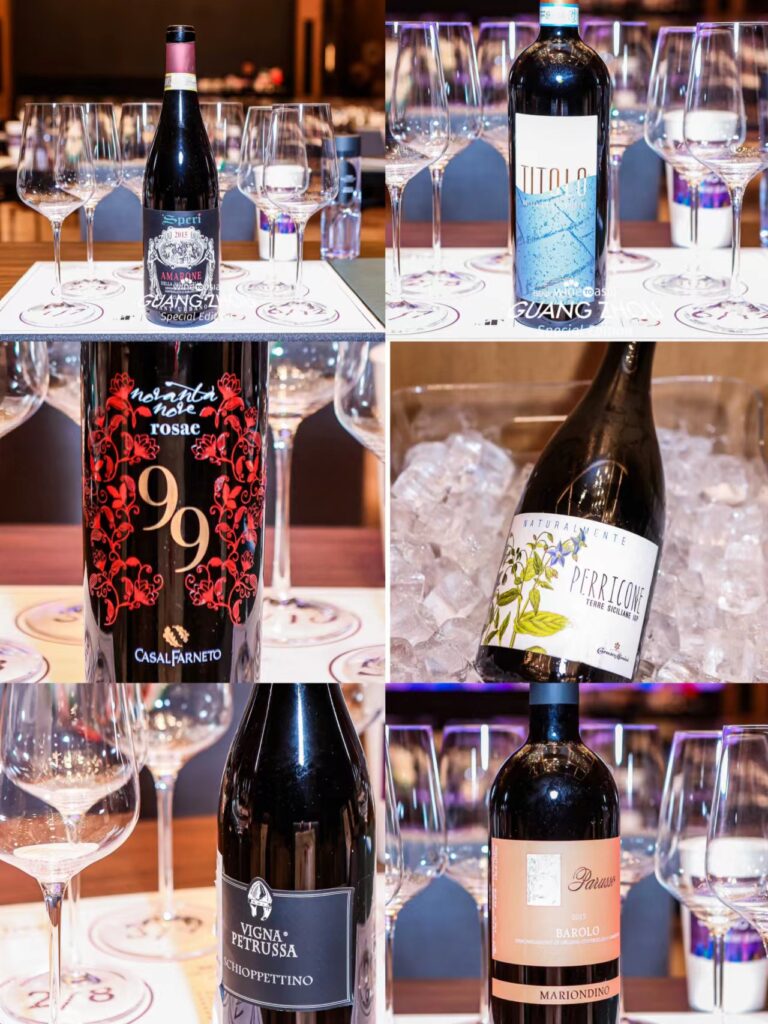
The wines in this report
Elena Fucci 2015 Aglianico del Vulture 97
Luminous medium-dark red. Knockout nose offers red berries, red cherry, minerals, white pepper, tobacco and truffley underbrush. Very suave on entry, then boasts rich, ripe flavours of red fruits and tobacco with a very strong mineral undercurrent. The wine’s impressive volume is nicely buffered by lively mineral cut and inner-mouth perfume. Finishes very long, with serious but fine tannins. A very refined, sophisticated red wine that will age splendidly, this strikes me as one of the more successful recent vintages of Titolo, which is almost always one of Italy’s top thirty or so red wines every vintage. Drinking window: 2023-2036.
Speri 2015 Amarone della Valpolicella 95
Fully saturated ruby-red. Perfumed aromas of blueberry, strawberry, bitter chocolate, licorice and vanilla are complicated by notes of forest floor and sweet brown spices: in this bottle I find none of the musky-vegetal notes I had found in an earlier bottle tasted a few months ago. Very suave and luscious but fresh, with plenty of sweet flavours of blackberry, red and black cherry and woodsy underbrush. Boasts impeccable balance and outstanding sugar/acid balance and a very polished mouthfeel on the long smooth finish. Much better than the bottle I reviewed in the Q&A report on Speri published in the Producer Insight section of the TerroirSense Wine Review just last month. Go figure. Drinking window: 2025-2034.
Silvio Carta NV Vernaccia di Oristano 95
Deep luminous orange-amber color. Bright, very precise and focused aromas of orange peel, honey, marzipan, chamomile, caramel, and fresh almond. Concentrated and sweetly spicy, with intense flavors of almond, toffee and honey. Impressively dense yet also sappy, boasting impeccable balance on the very long and energetic back end. Superb: this is the best Vernaccia di Oristano bottling I have had from Silvio Carta in some time. Drinking window: 2022-2045.
Fongaro NV Lessini Durello Brut 94
Bright medium yellow-green. Very deep, complex aromas of yellow apple, pear, grilled nuts, lemon, peach and flint are lifted by minty herbs and flowers. Round, ripe and quite dry, with similarly complex flavours of both fresh and crystallized citrus fruits, grass, white pepper, minerals, mint and white flowers. Closes broad, dense and rich, with notes of licorice and nutmeg as well as with an impression of power. A rather sophisticated Lessini Durello of noteworthy complexity and charm, this is one of the best Lessini Durello wines I have had in some time. A real knockout, I actually wonder if I’m not scoring it highly enough. It was also the second favourite wine of all those in attendance at the masterclass. Drinking window: 2022-2032.
Parusso 2015 Barolo Mariondino 94
Bright, pale red with a strong garnet component. Penetrating, fragrant aromas of sour red cherry, orange peel, minerals and sweet spices, along with a quinine nuance. Very pure and precise, with a brisk core of sweet spice that give this lovely Barolo’s tangy, sexy, primary red fruit flavours noteworthy lift and added complexity. Irresistible Barolo that finishes long and smoothly tannic, with lingering perfume. Also, it was the favourite wine of those attending the tasting. Drinking window: 2022-2032.
Vigna Petrussa 2018 Schioppettino di Prepotto 94
Good full red-ruby. Captivatingly perfumed aromas of raspberry, strawberry jelly, blackberry coulis, nutmeg, cinnamon, and green peppercorns. At once concentrated and broad, with suave but densely packed red fruit and sweet spice flavours and remarkable light on its feet quality. Boasts lovely almost pinot noir-esque tang and underlying mineral complexity. The close is generously ripe and seamless. Outstanding Schioppettino of which you’ll find yourself finishing off the bottle in an embarrassingly fast time, as it is absolutely irresistible. Drinking window: 2022-2030.
Braida 2015 Barbera d’Asti Bricco dell’Uccellone 94
Deep red with ruby tinges. Aromas of black cherry, plum, smoke, pepper, violet and earth emerge with aeration on the complex, deep nose. Not especially fruit-driven in this vintage, but dense and vibrant with subtle notes of spices and herbs complementing the rich dark fruit lying below the oaky and herbal veneer. Very solidly structured but nobly tannic, this finishes long, austere and classic in style. A huge Barbera d’Asti that will benefit from a few more years in the cellar, this is more Cabernet- or Barolo-like than most Barbera wines you’ll ever try. Bricco dell’Uccellone is the benchmark Barbera wine of Italy, certainly of the Barbera d’Asti denomination, but in this vintage, though very impressive, it is remarkably backward and I just hope the fruit outlives the tannin. Drinking window: 2026-2032.
Donnafugata 2015 Milleunanotte Contessa Entellina 94
Good deep purple-ruby. Complex, deep and still brooding aromas of blackberry, black plum, cracked black pepper, smoked meat, violet, balsamic oils and underbrush. Sweet, supple and lush, but with a massive underlying smooth tannic structure that gives this sweetly oaky wine’s ripe dark fruit and smoke flavours noteworthy spine. The close is nicely persistent and youthfully chewy. Cellar this for another five years and enjoy for ten after that. Drinking window: 2027-2035.
Casalfarneto 2020 Lacrima di Morro d’Alba Rosae99 93
Good deep red-ruby. Pungent floral aromas of dark cherry, lavender, rose petal, quinine, pepper and menthol. At once broad and sappy, with suave flavors of dark cherry, mint and spices, all firmed by an edge of acidity and lifted by bright inner-mouth perfume. A smooth, vibrant Lacrima wine that finishes broad and ripe but with good spine. Drinking window: 2022-2026.
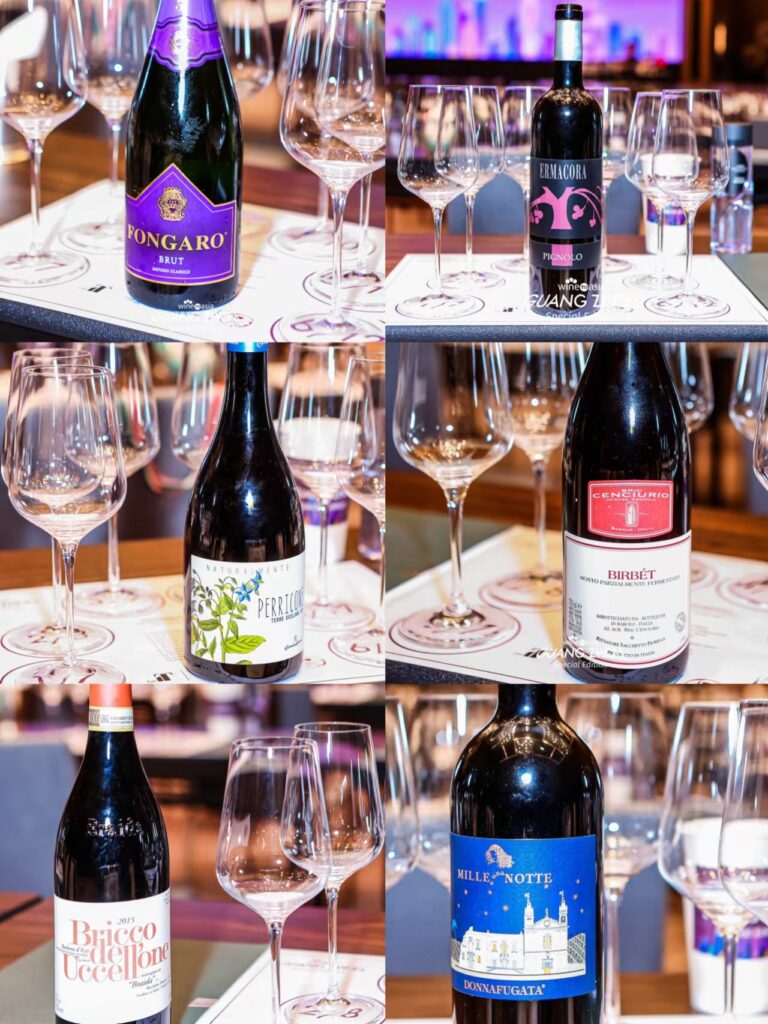
Ermacora 2015 Pignolo Friuli Colli Orientali 93
Fully saturated purple-ruby. Black cherry, blueberry and violet on the pristine, lively nose. Then juicy and firm, with terrific thrust and focus to its blue and black fruit flavours. Not especially fleshy or complex but with sneaky concentration to its penetrating flavours that are similar to the aromas. Still very young, this juicy but firmly tannic Pignolo wine appears to be built to age. Drinking window: 2024-2034.
Bric Cenciurio 2018 Birbet 92
Brught red with a soft stream of small bubbles. Superripe aromas of strawberry, raspberry and cinnamon: not unlike a red fruit cocktail with alcohol (less than 6%). Dense, suave and shapely, with sweet stone fruit and red berry flavours complicated by exotic orange peel, sweet spices and a touch of acacia honey. Shows a lovely floral component on the perfumed long finish. Not the last word in complexity but just so much fun to drink: anybody who likes Moscato d’Asti will love this. Try it with cherry pie, red fruit cocktails or chocolate mousse. Drinking window: 2022-2023.
Caruso&Minini 2020 Perricone Terre Siciliane 92
Medium red with a broad garnet tinge. Sappy, thoroughly ripe with very soft and showy aromas and flavours of raspberry, strawberry, licorice, cola and spices. Broad and gentle but classically dry, with lovely inner-mouth perfume and sweetness of red berry and red cherry fruit complemented by a lovely floral element. This rather Burgundian-styled Perricone finishes with sweet tannins and very good aromatic persistence, but I’d drink it up fairly quickly. Drinking window: 2022-2024.
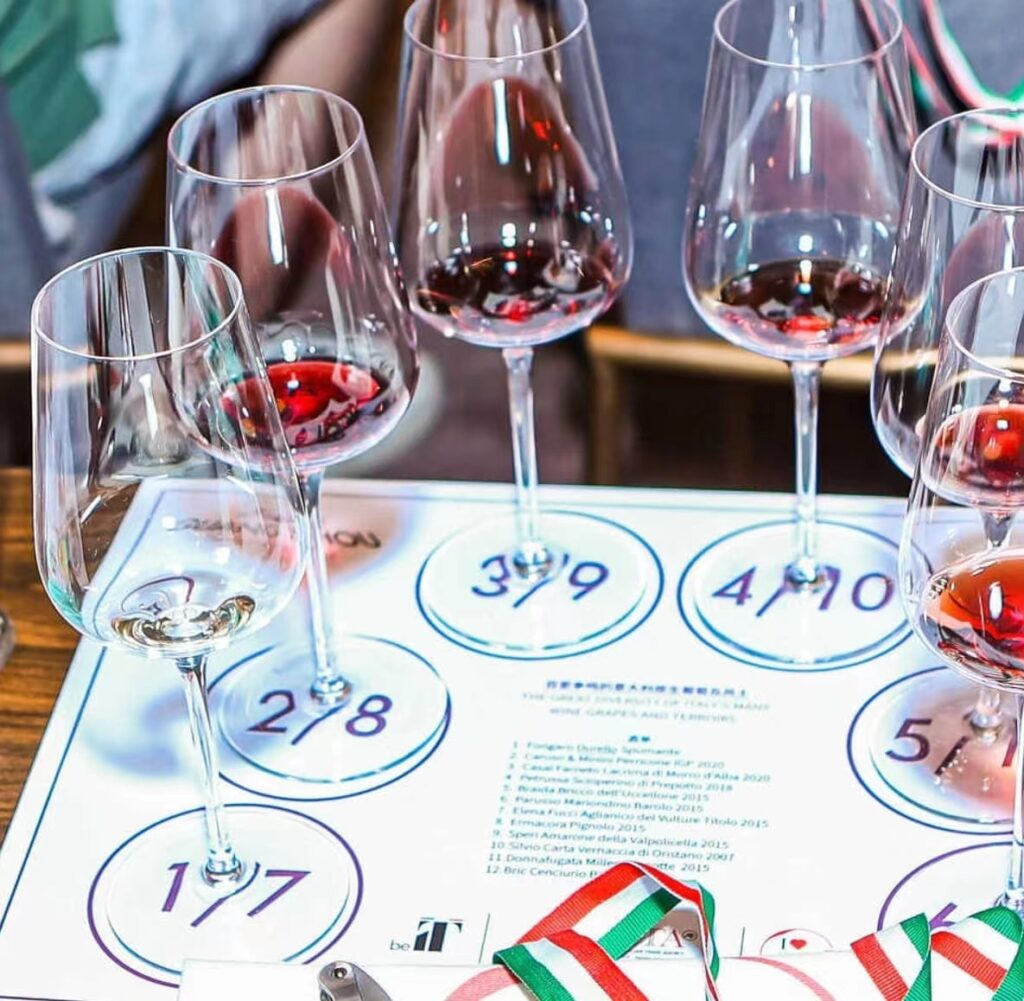

 English
English
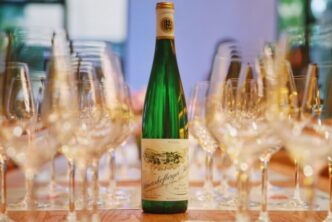
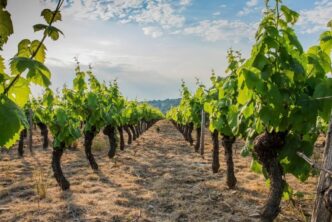
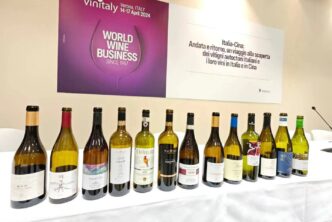

Ian,
As an Italian wine lover with a sense of exploration, I found this article fascinating. While I love my Brunello and Barolo, the excitement of discovering a new wine is a genuine thrill. This is a great guide to take me off the beaten path and into new areas of Italy to find new and exciting wines and experiences. Thanks for this fabulous review! Any plans to have a Masterclass like this in the US? I would certainly be there front and center. Best, John